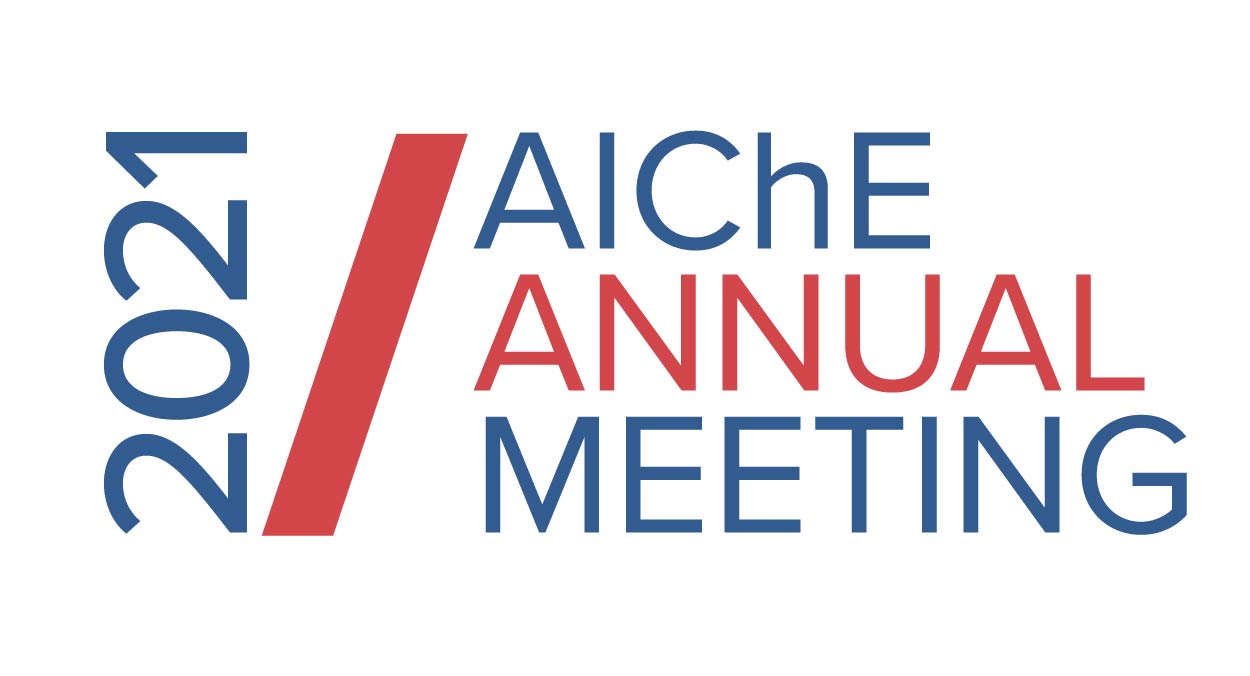

In this paper, we present a theoretical study of ethylene hydroformylation by Rh atomically dispersed on γ-Al2O3(110) in the absence and presence of two oxide promoters, Re2O7 and WO3, and evaluate the developed mechanisms by comparing the predicted kinetic observables (selectivity, apparent activation energies, and reaction orders) with experimental values. We analyze how the promoters modify the electronic properties of the Rh(I) active site and elucidate their role in the catalyst’s enhanced selectivity for the hydroformylation pathway. The Re(VII) promoter seems to induce no electronic changes to Rh that are related to the latter’s catalytic function, and it only blocks the dehydrogenation pathway by posing a steric hindrance. On the other, the W(VI) promoter seems to have a more profound electronic effect as it must be reduced to the W(IV) state before it is activated.
- Liu J. et al. ACS Catal., doi. 10.1021/acscatal.5b01816 (2017).
- Franke R. et al. Chem. Rev., doi. 10.1021/cr3001803 (2012).
- Ro I. et al. ACS Catal., doi. 10.1021/acscatal.9b02111 (2019).
- Lang R. et al. Angew. Chem. Int., doi. 10.1002/anie.201607885 (2016).
